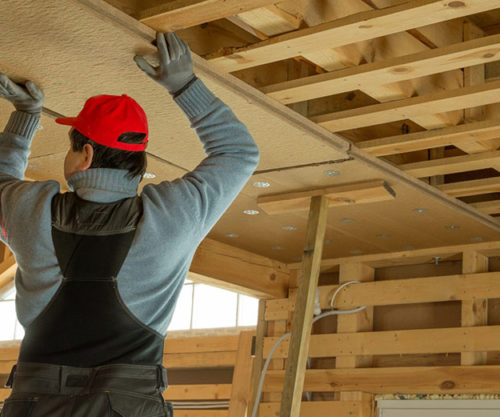



Construction workers, contractors and tradespeople have different exposures to building ingredients than occupants.
Healthy buildings don’t just have an effect on building occupants. Construction workers, contractors and tradespeople can face a number of hazards while on the jobsite. This can include possible exposure to building products and chemical ingredients.
The U.S. Occupational Safety & Health Administration (OSHA) sets standards for worker health and safety, including science-based regulations guiding safe levels of exposure to chemicals and other substances in the workplace.
In addition, to mitigate risk, it is important to follow guidelines from product manufacturers for safe product handling procedures. Chemical manufacturers develop Safety Data Sheets that include information such as the properties of each chemical; the physical, health, and environmental health hazards; protective measures; and safety precautions for handling, storing, and transporting the chemical. Here is an example of a Safety Data Sheet developed by MSDSOnline.
Construction companies should train, and potentially certify, workers to help ensure they are following proper handling procedures for materials, as outlined on manufacturer Safety Data Sheets, including requiring use of appropriate personal protective equipment (PPE).
For example, when spray polyurethane foam (SPF) is applied using high-pressure application equipment, some SPF component chemicals may be present in the form of aerosol mists and vapors at levels that could be harmful to some individuals. Engineering controls, including containment and properly designed ventilation systems should be used, along with proper PPE. These protective measures can help prevent SPF applicators, helpers and others who may be working in adjacent areas from potential exposures. In addition, restricting unauthorized access to the SPF work zone can help to minimize potential exposures.
When you have questions or need additional information, ask your product supplier for guidance.
